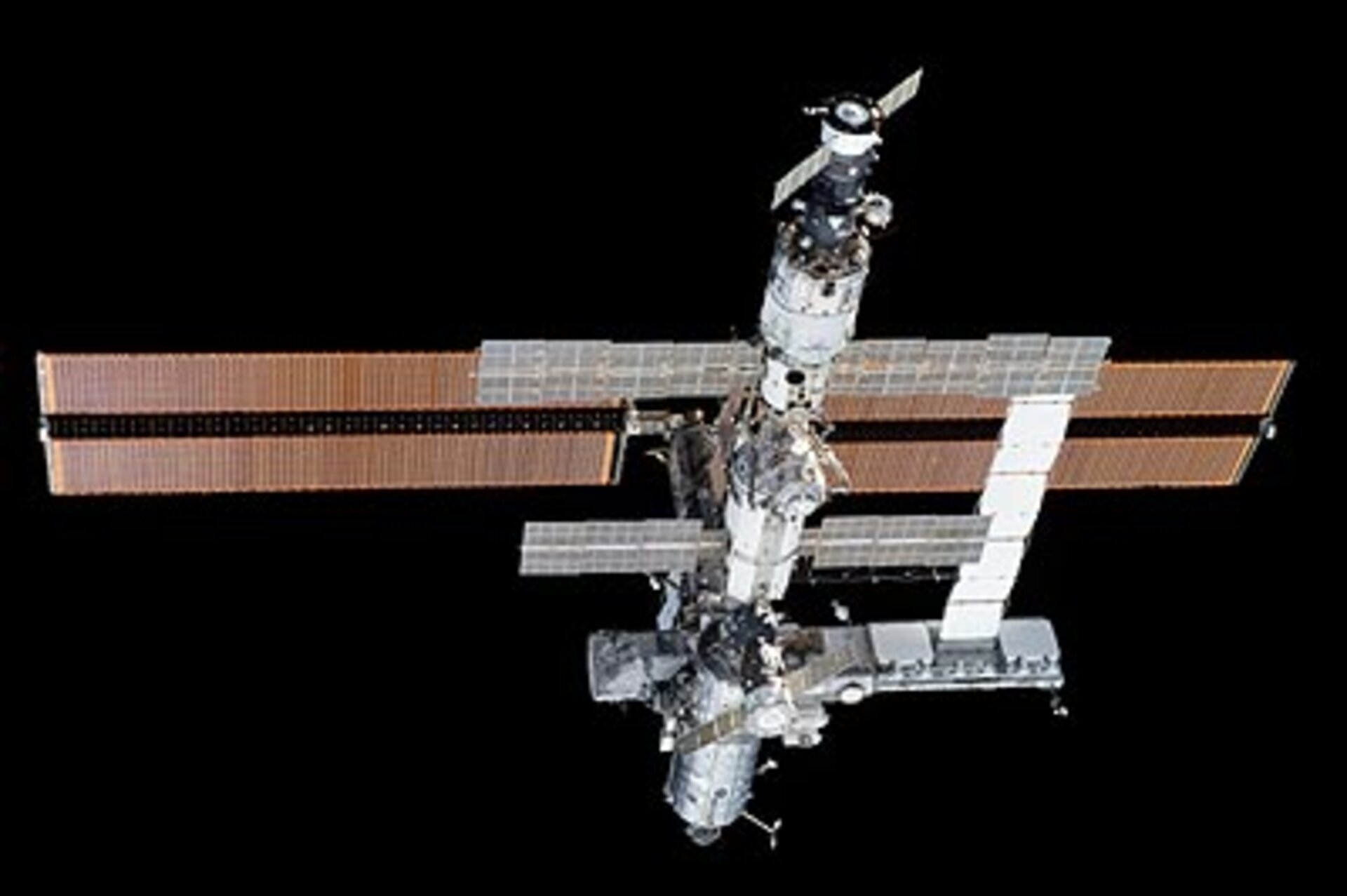The importance of science on the International Space Station
The International Space Station is a permanent laboratory 400 km above the surface of the Earth where gravity has been virtually eliminated. One of the unusual consequences of this is that an astronaut only has to sneeze to be propelled backwards with a force as intense as the sneeze itself; a candle flame is perfectly round; water does not bubble when it boils. Strange effects apart, the lack of gravity can be very useful for investigating a wide range of fields.
With regard to life sciences, the Station is a perfect laboratory for studying, for example, everything to do with long-term visits to space. Can vegetables be grown under weightless conditions (perhaps for personal consumption by a future crew to Mars)? And what about rearing animals? As far as the human body is concerned, some of its reactions to a long-term lack of gravity are already known. The astronauts know that, amongst other things, their bones become less dense - something which they fight with daily exercise -, and that their bodily fluids are redistributed, causing their faces to swell and their legs to become thinner – in fact it is said that astronauts have ‘birds legs’. But we need to know much more. For example, once outside the atmosphere the astronauts are exposed to radiation, sometimes very high energy particles coming from the solar wind and sources outside the Solar System. What is the long-term effect on their health?

The study of proteins is also related to life sciences. It is easier to grow protein crystals in weightlessness, which in turn enables their structure to be determined once they are on Earth. Ultimately, understanding the structure of proteins can help in everything from the design of new drugs to understanding the basic mechanisms of an organism.
Other areas in which the lack of gravity is key are the new materials and the physics of fluids. For example, metallic foam, a very light material, but at the same time very tough, can be grown in weightlessness. The experiments in fluid physics can, among other things, give clues as to how to increase the efficiency of car and aviation fuels.
The International Space Station will have six laboratories to carry out all these activities. Columbus is the European laboratory, due to be launched in the near future. The Spanish astronaut Pedro Duque has already taken part in the development of Columbus, and his flight will make a further contribution towards the completion of the Station.


